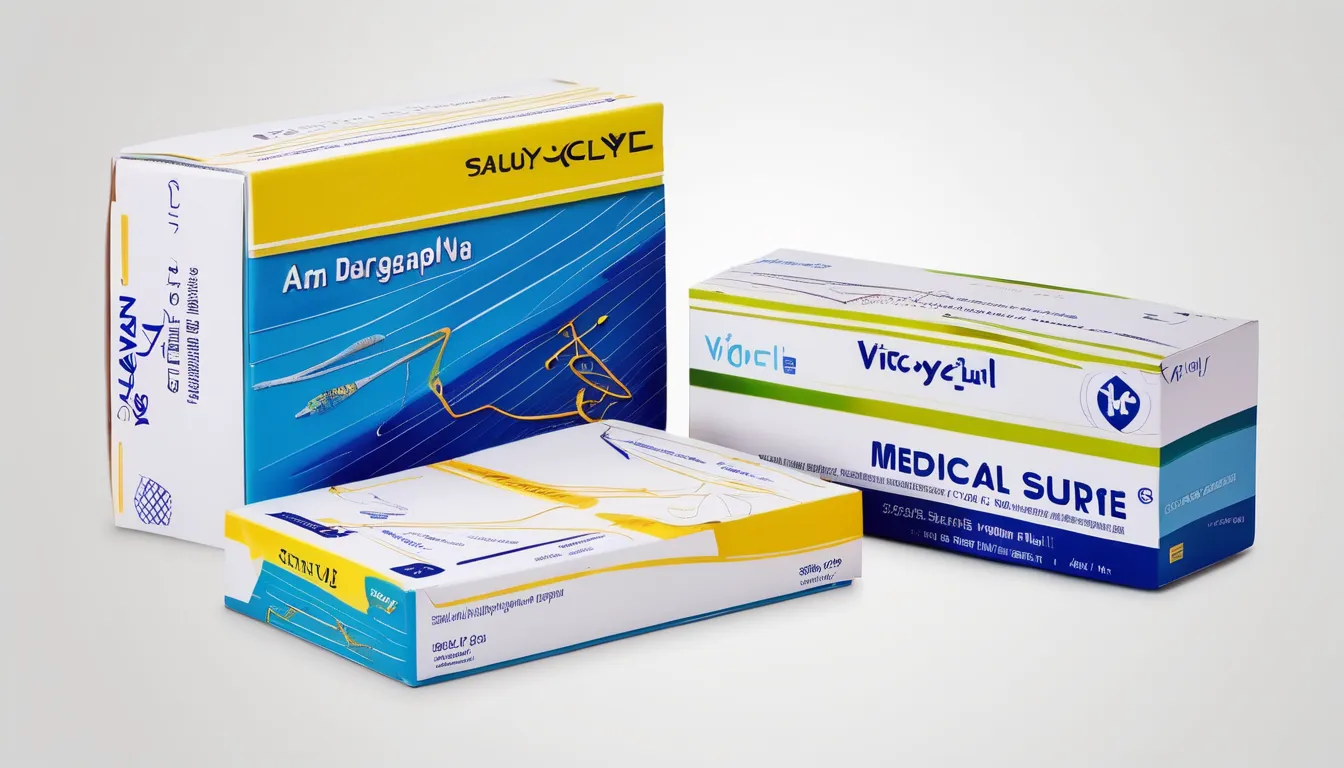As a healthcare professional in the UK, you know that emergencies can arise at any moment, and being prepared is crucial to providing effective patient care. A complete suture kit is an essential tool in your arsenal, but what makes a kit truly comprehensive? You’ll want to consider the types of emergencies you may face, from minor lacerations to complex surgical procedures. But, have you thought about the specific tools and supplies you need to include in your kit to ensure you’re ready for anything? Let’s start by examining the essential components of a surgical supplier kit.
Choosing the Right Suture Kit
When selecting a complete suture kit, consider your specific needs and the types of procedures you’ll be performing. This will help you narrow down your options and choose a kit that includes the right combination of sutures and instruments.
Think about the size of the wounds you’ll be closing, the type of tissue you’ll be working with, and the level of precision you require.
You’ll also want to consider the materials your sutures are made of. Synthetic sutures, such as nylon or polyester, are often used for skin closure, while absorbable sutures, like vicryl or monocryl, are better suited for deeper tissue.
You may also want to consider the size and type of needles you’ll need.
Another important factor is the storage and portability of the kit. If you’ll be working in different locations or need to respond to emergencies, look for a kit that’s compact and easy to transport.
Essential Tools for UK Healthcare
As you work through various medical procedures in UK healthcare, you’ll rely on a range of essential tools to help you get the job done efficiently.
In addition to a complete suture kit, you’ll need other vital instruments to ensure effective patient care.
These include forceps, scissors, and retractors, which enable you to grasp, cut, and manipulate tissues with precision.
You’ll also need a reliable means of illuminating the treatment area, such as a headlamp or a portable light source.
This will allow you to see what you’re doing and avoid complications.
A medical tape measure can also be useful for recording vital signs and monitoring patient progress.
Other essential tools for UK healthcare include sterile gloves, dressings, and gauze pads.
These will help you maintain a clean and safe working environment, reducing the risk of infection and promoting optimal healing.
Suture Kits for Various Emergencies
Your complete suture kit is an essential tool for managing various emergencies in UK healthcare.
As a healthcare professional, you need to be prepared for any situation that arises. This is where a well-stocked suture kit comes in handy.
Whether you’re dealing with lacerations, incisions, or other types of wounds, your suture kit should have everything you need to provide effective treatment.
Different emergencies require different types of sutures and equipment.
For example, a blunt trauma patient may require a monofilament suture for deep tissue repair, while a patient with a skin laceration may require a Vicryl suture for subcuticular closure.
Having a variety of sutures and equipment in your kit ensures that you’re prepared for any situation.
When selecting a suture kit for emergencies, consider the types of emergencies you’re most likely to encounter.
A pre-assembled kit can save time and reduce stress in high-pressure situations.
Look for a kit that includes a range of sutures, needles, and other essential equipment, such as forceps, scissors, and wound closure strips.
Maintaining and Restocking Supplies
How often do you inspect your suture kit to ensure it’s fully stocked and ready for use? Maintaining and restocking supplies is crucial for providing quality care in emergency situations.
You should regularly check the expiration dates of your sutures and other supplies to ensure they’re still usable. Regular inspections also help identify missing or damaged items.
Make a list of the items you need to restock and prioritize them based on importance and urgency. Consider the types of emergencies you’re most likely to encounter and ensure you have the necessary supplies on hand.
To maintain your suture kit effectively, focus on these key areas:
- *Expiration dates*: Regularly check expiration dates to avoid using expired supplies.
- *Suture types*: Ensure you have a variety of sutures in different materials and sizes.
- *Instrument condition*: Check the condition of your instruments, such as scissors and forceps.
- *Glove and dressing supplies*: Restock gloves and dressings as needed.
- *Kit organization*: Keep your suture kit organized to ensure easy access to supplies during emergencies.
Ensuring Quality and Safety Standards
Quality control measures are essential for ensuring the safe and effective use of your suture kit. As a healthcare provider in the UK, you’re responsible for adhering to strict quality and safety standards.
This starts with selecting a suture kit that meets the necessary regulations and guidelines set by the National Health Service (NHS) and the Medicines and Healthcare products Regulatory Agency (MHRA).
When purchasing a suture kit, you should look for products that have been certified by reputable third-party organizations, such as the British Standards Institution (BSI) or the International Organization for Standardization (ISO).
These certifications ensure that the products meet specific quality and safety standards. You should also check the kit’s packaging for clear instructions, expiration dates, and lot numbers.
Additionally, you should regularly inspect your suture kit for any signs of damage or deterioration.
Check for expired or damaged products and replace them immediately. You should also follow proper sterilization and storage procedures to prevent contamination and ensure the longevity of your suture kit.
Conclusion
You’re now better equipped to handle any emergency situation in UK healthcare with a complete suture kit. By choosing the right kit and stocking essential tools, you’ll be ready to respond to various emergencies. Regularly inspect and restock supplies to maintain a fully functional kit. Ensure your kit meets NHS and MHRA regulations to uphold quality and safety standards. This preparedness will help you provide effective patient care in any situation.



